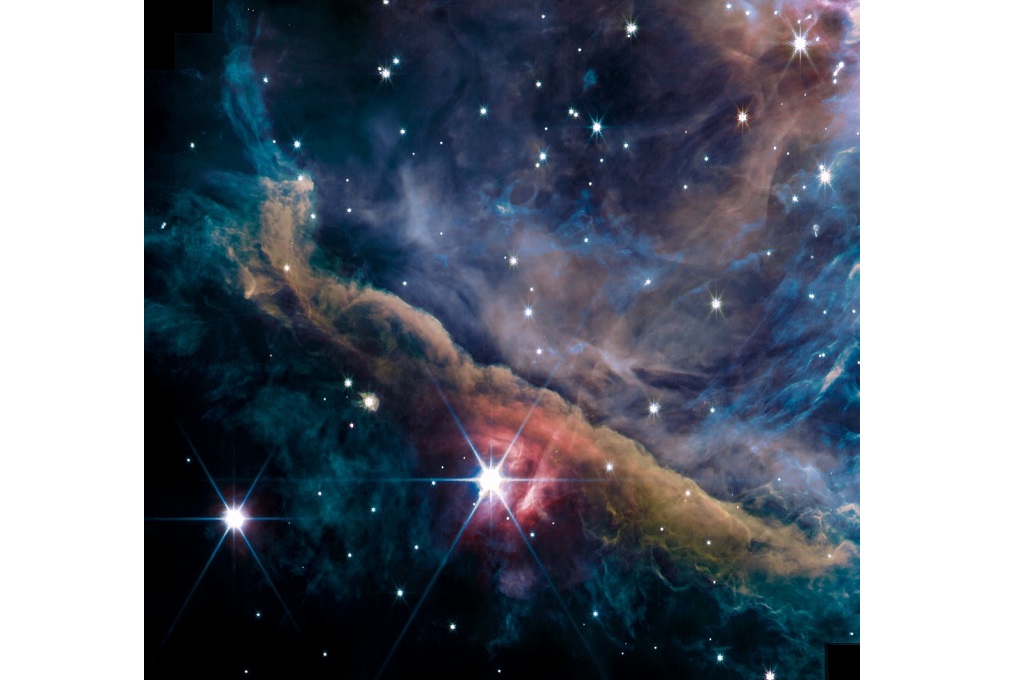Jakarta: NASA has released a new photo of the Orion Nebula, captured using the James Webb Space Telescope, featuring images from a stellar nursery and indicating intricate details about how planets and systems formed.
Citing various sources, this image shows more detailed information relating to the environment similar to the Earth’s solar system when it formed more than 4.5 billion years ago.
Observing the Orion Nebula called astrophysicist Els Peeters will help space scientists better understand the processes that occurred in the first billion years of the Milky Way’s evolution.
<!–
<!–
–
–
–
–
– –>
What do you think of this article?
–
–
The core of a nursery like the Orion Nebula is covered in stardust, making it difficult for researchers to study what’s happening in areas such as instruments like the Hubble Space Telescope, which rely primarily on light rays.
But Webb’s ability to detect infrared light from the cosmos allows observers to penetrate the dust layer to see inside, revealing what is happening inside the Orion Nebula.
This image is the most detailed and sharpest image ever produced of this nebula. The Orion Nebula is also the latest work produced by the James Webb Space Telescope, which entered service last July.
This new image shows a series of structures within the Nebula, including proplyd, core protostars surrounded by a disk of dust and gas, which is how planets are formed. Furthermore, at the center of the Orion Nebula there are also trapezoidal clusters of large and young stars that form clouds of dust and gas with their intense ultraviolet radiation.
Understanding the impact of this radiation on the environment around the cluster is the key to understanding how star systems are formed. A large young star called Peeters emits large amounts of ultraviolet radiation directly into the native cloud that still surrounds it.
This, Peeters continued, changes the physical shape of the cloud and the chemical composition of the cloud. However, Peters said how it works and the exact impact it has on more distant stars and the process by which planets are formed is still unknown.
This image will be studied by an international collaborative group of over 100 scientists in 18 countries, under the name PDRs4All. For information, this nebula is located in the constellation of Orion, 1,350 light years from Earth.
(MMI)
–


